Contents
The greatest reward for a gardener for all his labors is a large harvest of strawberries. Experienced gardeners know that the abundant fruiting of the berry falls on the second and third year after it was transplanted, and a good harvest is a sure sign for a strawberry transplant. If this is not done, then the berries will become smaller, then they will become smaller. In fact, this is how culture will degenerate in a few years.
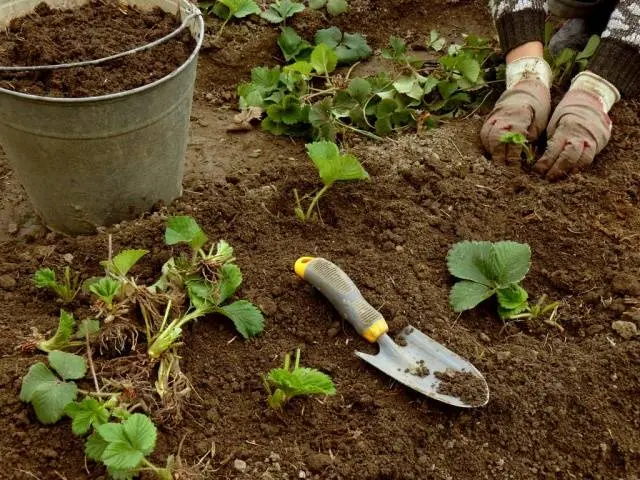
To maintain the yield of strawberries, they need to be rejuvenated once every 3-4 years. This article will discuss how to properly transplant strawberries in the fall. You will also learn when it is possible to transplant a berry, and when it is better not to do it. The article will consider the benefits of an autumn transplant, and a video will be selected that will further reveal the topic of transplanting strawberries to a new place.
Benefits of an autumn transplant
Many gardeners claim that autumn is the best time to transplant plants from the Rosaceae family. Why? Due to the frequent autumn rains, crop care during this period can be minimized. In addition, the rains will help the young seedlings take root better, as the soil has a high level of humidity at this time. But the question arises: when to transplant strawberries in the fall, in what month?
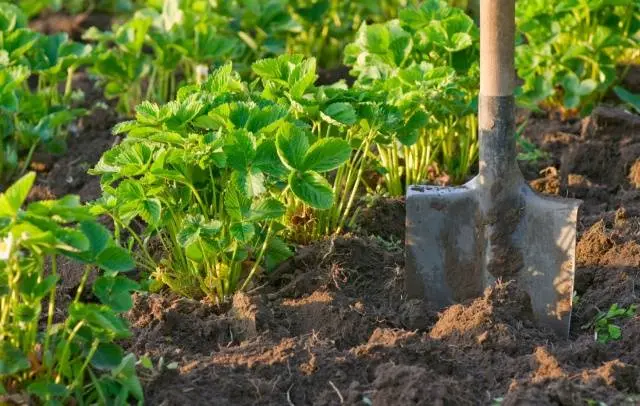
In September, you can already transplant strawberries. In warm regions, these manipulations can be performed in October. In this case, the young seedlings will have time to build up sufficient leaf mass for their safe wintering. Everything, as they say, must be done in a timely manner, then you can expect a worthy reward – a bountiful harvest.
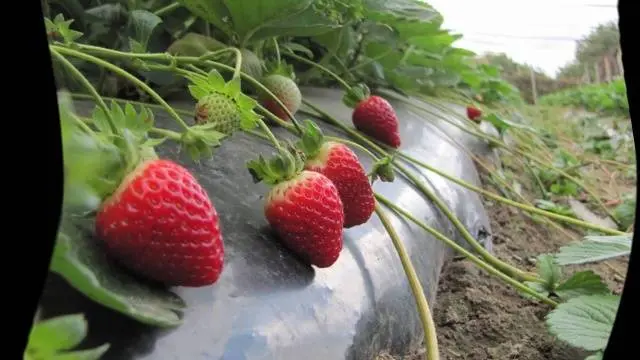
Thanks to the autumn berry transplant, in the spring the bushes will already bloom, and you can indulge in a small harvest. With a spring transplant, fruiting is, in principle, not to be expected.
How to choose strawberry seedlings
After harvesting in August, if we are talking about remontant varieties, strawberries begin to throw out mustaches with young rosettes. This period is considered the most suitable for the selection of seedlings. You can also propagate the plant by dividing the bush. But this option can only be used if you choose young bushes that have grown in the beds in the summer.
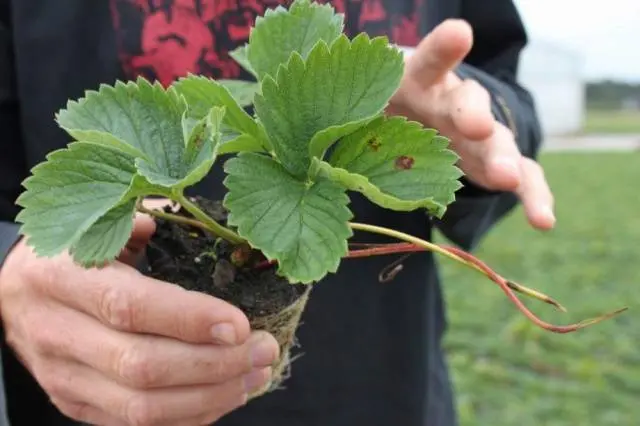
Mustaches can be left to root directly on the beds, however, some gardeners root them in separate, pre-prepared containers. So, transplanting strawberries in the fall will be performed more efficiently, and there will also be an opportunity to grow seedlings in winter.
If 4-5 leaves appeared on the new outlet, then it can already be considered a full-fledged bush, which should already be planted from the mother bush. Before transplanting a young bush, you need to remove all the leaves from it, leaving only 3-4 young leaves. Due to this, the root system will spend less energy to feed the green mass, and as a result, the strawberry bush will develop more harmoniously.
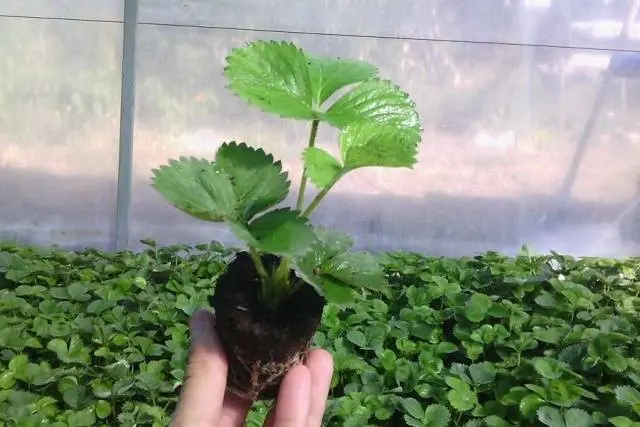
It is important that only the first 2 mustaches take root from each bush. All others must be removed. Otherwise, the entire seedling will be small and weak. If, before transplanting strawberries to a new place in the fall, it is watered abundantly, then the young seedlings will have time to develop a good root system and quickly take root in the planted area.
Choosing a seedling site
Before planting seedlings, you must select a plot of land. The soil should be well fertilized, the soil should be loose and light, preferably clay or sandy loam.
Before transplanting strawberries in spring or autumn, fertilize the ground. This can be done with mineral fertilizers, for example, by making a mixture of peat and wood ash or peat and mullein. In this case, the harvest of strawberries, as well as strawberries (since crops need the same care), will be stable and plentiful.
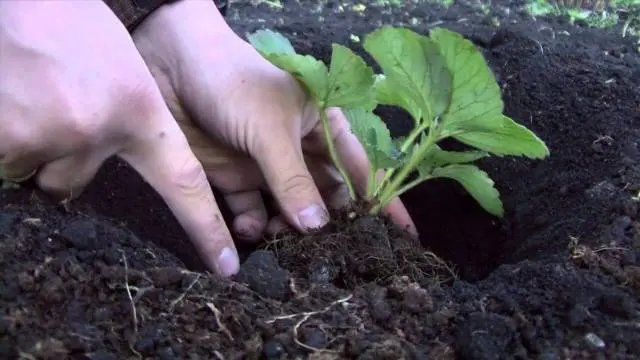
Strawberries grow well after onions, lettuce, parsley, legumes, beets, garlic, radishes and carrots. Transplanted bushes need to continue to be looked after. At first, they need to be watered daily if the autumn turned out to be dry. In addition, all weeds must be removed so that they do not weaken the soil, and strawberries can take root faster and more painlessly. It is impossible to plant plants from the Rosaceae family, which include strawberries, after cabbage and plants from the Solanaceae family.
Formation of a strawberry plantation
If you have already grown seedlings and prepared the necessary plot of land, and the transplantation time has already come, then it’s time to start forming new strawberry beds. You can plant bushes in several ways:
- carpet;
- beds;
- in a checkerboard pattern.
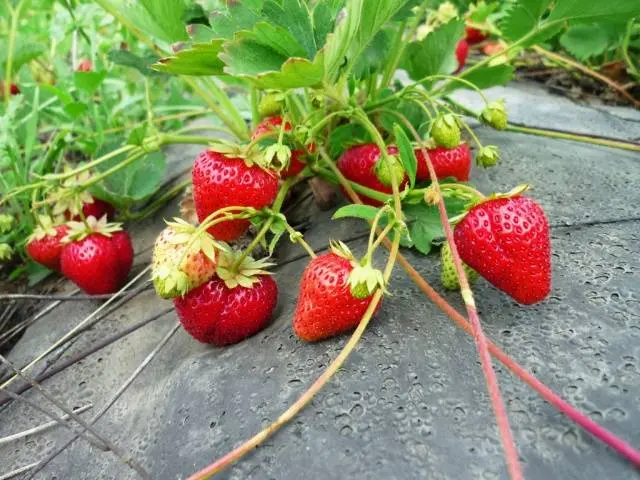
It is better to choose a cloudy day for transplanting, so that later you do not have to shade the beds. After digging the holes, they should be thoroughly filled with water, and then seedlings with a clod of earth should be placed in them. Then the young bushes are covered with earth and again watered abundantly. With good follow-up care, all seedlings will take root and will give the first harvest in the next season.
Transplanted bushes are best selected from glasses or dug out of the garden just before planting. If you do this, then the transplanted bush will quickly adapt to a new place, without even stopping the development process.
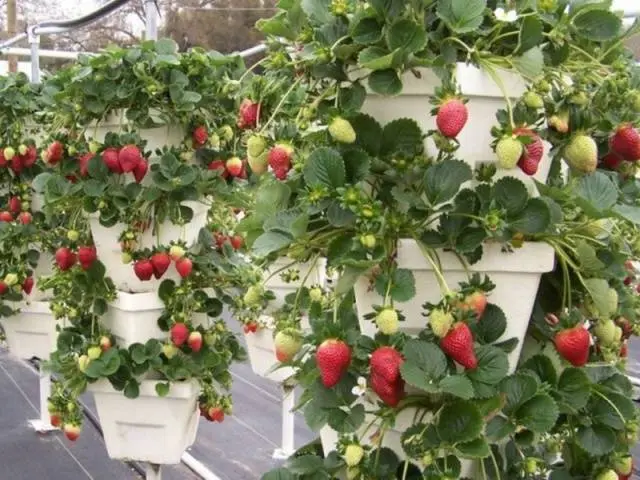
A few hours after transplanting, the soil will settle. Then the bushes can be sprinkled with dry peat or fertile soil. Roots develop better under a layer of mulch made from needles, straw or sawdust.
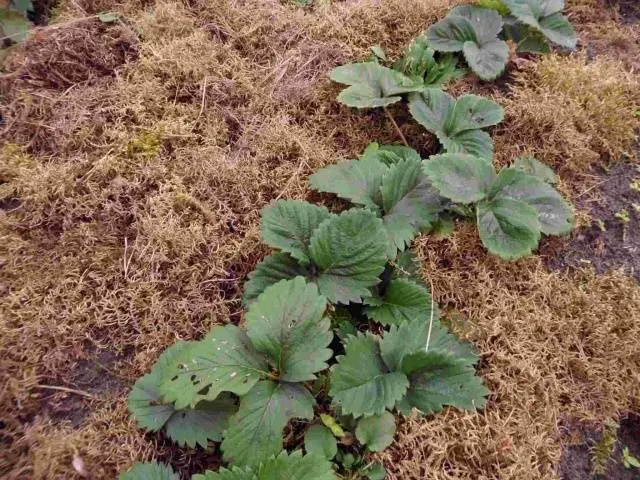
Basic transplant rules
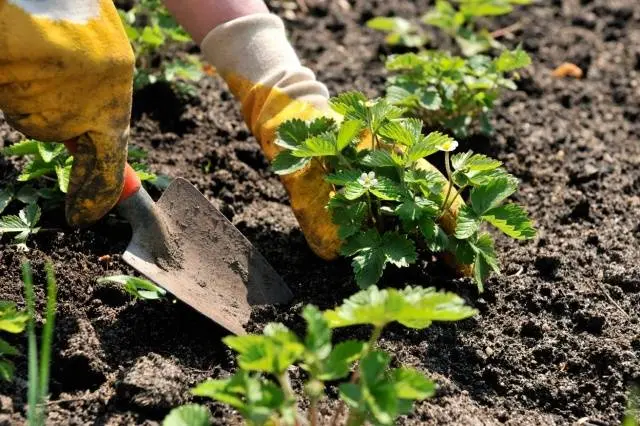
Now to summarize, it is up to you to replant strawberries in spring or autumn. However, it is important to follow some general rules:
- Strawberries should be transplanted by dividing a young bush, which is no more than six months old, or from young shoots of the mother bush, which is no more than 3 years old.
- When is the best time to transplant strawberries? In order for it to give its first crop in the spring, you need to transplant it in early autumn, although this can also be done in the spring before flowering begins.
- Young tendril sockets can be detached from the mother bush after they have taken root and formed 3-4 adult leaves.
- Strawberries love moderately lit areas of land with slightly acidic, loamy soil. A swampy area of uXNUMXbuXNUMXbland can be drained, and lime should be used to reduce acidity.
- The culture will take root perfectly at the site of the previous planting of legumes. But it does not grow well after tomatoes, potatoes and cucumbers.
- The preparation of the beds for planting strawberries should begin 8 weeks in advance. To do this, the site is dug up, weeds are removed from it. The soil is fertilized, and moistened on the eve of the transplant.
- A young plant will take root better in a new place if, before planting, the roots are lowered into a solution of water, clay and manure.
- Between the bushes there should be a distance of at least 25 cm, and between the beds – 55–70 cm.
Before the onset of cold weather, the soil around the bushes must be mulched. If you live in a harsh climate, then strawberry bushes should be covered, and it is even better to build an arched frame over each bed, which can be sheathed with oilcloth or polycarbonate.
So, from this article, you learned how to transplant strawberries in the fall, why this time is considered the best time to carry out these manipulations, and how to select and prepare soil and seedlings for transplanting strawberries.
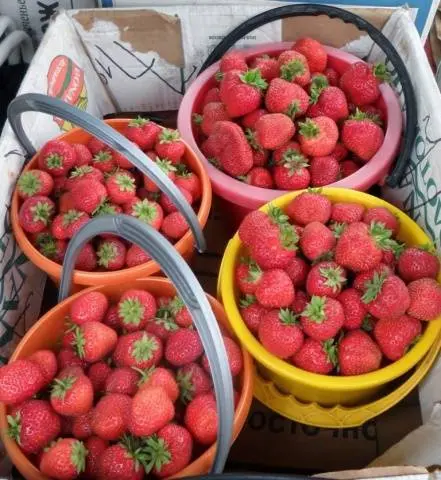
We also invite you to watch a video from which you will learn about several secrets of growing strawberries from one of the experienced gardeners:









